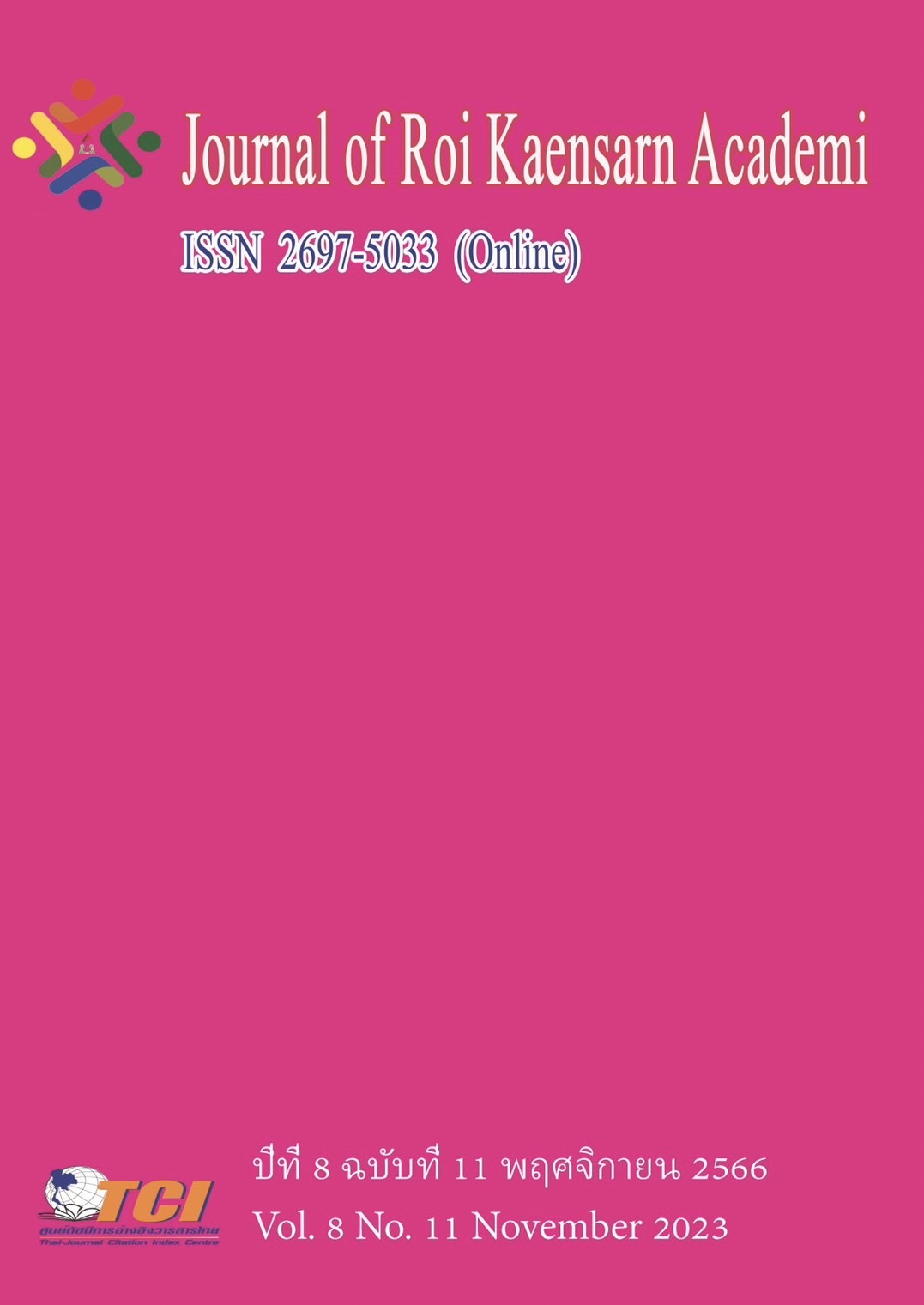The Preserving of Morin khuur at Home of Morin khuur in China
Main Article Content
บทคัดย่อ
In 2006, Mongolian Morin khuur music was selected as the national intangible cultural heritage The objectives of this research were 1) Learn to make Morin khuur at Qian Gorlos County. 2) Study the current situation of the local Morin khuur inheritance education. 3)Study the music trait of Morin khuur. 3) Constructing Morin khuur guidebook for Morin khuur preservation and to use it locally. Research methodology: 1) The research method was ethnomusicological qualitative research getting data by doing fieldwork combining with documents studied. 2) The place of studied was Qian Gorlos County, Jilin Province, China. 3) Research tools Interview form, Observation form, Questionnaire,Recorder. 4) Key informant: Four key informants.
Research findings were: 1) Handmade Morin khuur is patient, complex and difficult, and finding a successor is difficult. The inheritance of Matouqin craftsmanship is not as simple as opening a Morin khuur instrument factory to make money, it requires the inheritor to invest time, energy and money to do public welfare from the heart.Every time the inheritor does the publicity course of making Morin khuur, he needs to explain it over and over again. If there is a brochure, it will reduce a lot of burden. 2)Almost all schools in the county have opened Morin khuur club classes,but there is no unified teaching material.Students' understanding of the Morin khuur is limited to how to play it, and they know little about the history and culture of the Morin khuur, the connection between their hometown and the Morin khuur, and the production process of the Morin khuur.3)Morin khuur conservation brochures can help inheritors use them in activities and classes.The Morin khuur Protection manual can be directly used in the course of Morin khuur teaching in schools. The Morin khuur conservation brochures contains a collection of the music from famous local composers.
Article Details
เอกสารอ้างอิง
Bai, Z. (2019). The nomadic cultural characteristics of horse-headed harp. Leisure, (3), 1.
He, M. (2019). Research on the inheritance of Mongolian horse-headed harp culture in
the context of vocational education. Heilongjiang Ethnic Series, (5), 6.
Hu, G. (2021). Study on the Source of Morin Khuur Chamber Music Works Creation from the Perspective of Intangible Cultural Heritage Inheritance. Yellow River Voice (01), 11-13.
Huang, Z. (2011). Historical memory and significance analysis of Mongols water culture. Journal of Daqing Normal University, 31, (2), 21.
Li, J. (2020). Contemporary Interpretation of Traditional Cultural Symbols- Summary of the First China Inner Mongolia Morin Khuur Art Festival in 2019. People's Music, (05), 52-54.
Sambu. (2021). About the inheritance and development of the art of horse-headed harp.
Literary Youth, (27), 1.
Yang, G. (2013). An analysis of population migration of Mongols in China China Statistics, (7), 33.
Zhang, J. (2021). Review of the Protection and Inheritance of Mongolian Morin Khuur from the Perspective of Intangible Cultural Heritage (Part 1). Musical Instruments, (05), 26-28.

